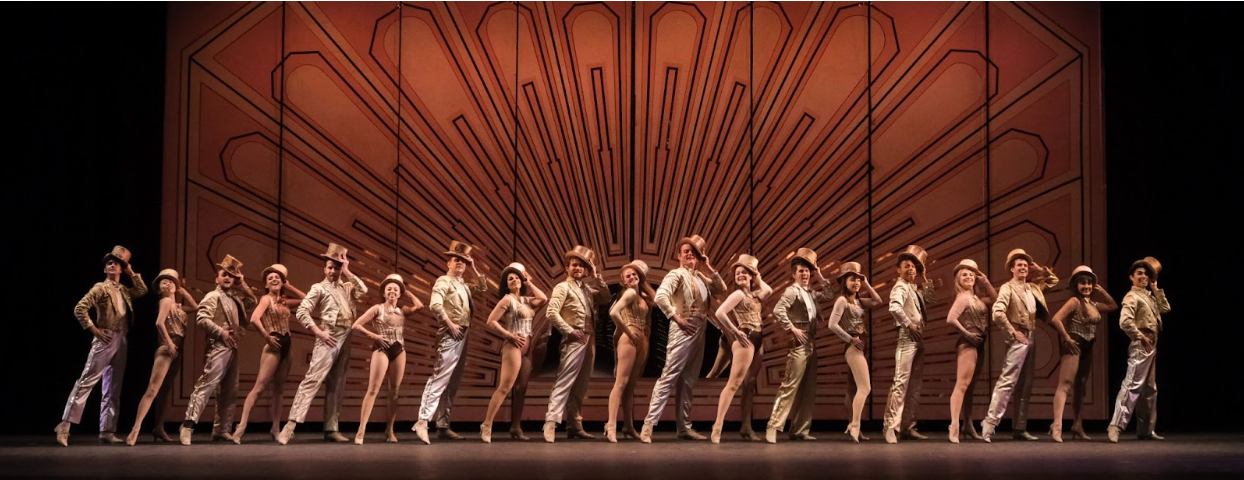In 1975, the hit musical “A Chorus Line” captivated New York audiences with a never-before-seen glimpse into the emotional lives of Broadway dancers. It went on to become one of the most iconic shows in theater history, renowned for its thrilling combination of energetic dancing, catchy songs and honest storytelling.
The show also gave unprecedented voice to performers of color. In an era when the overwhelming majority of roles were designed for white actors, “A Chorus Line” featured four ethnic characters. Two of them in particular, Paul San Marco and Diana Morales, were written with a multi-dimensionality that elevated the standard of racial minority depictions in musical theater. In honor of the 15th anniversary of the Broadway revival of “A Chorus Line,” I spoke to several artists about the extraordinary impact that “A Chorus Line” had on their lives and careers.
Hector Guerrero is a Broadway veteran of Mexican descent whose career highlights include the prestigious touring companies of “West Side Story” and “Evita.” This past summer, I was lucky enough to work with him on a production of “A Chorus Line” that he directed at the Moonlight Amphitheater in Vista, Calif. Guerrero explained that prior to “A Chorus Line,” the only show to significantly feature Hispanic characters was “West Side Story.”
In “’West Side Story,’” he said, “the only Latin character that’s really fleshed-out a lot more is Anita and maybe Maria.” He noted that the show is still lacking on the representation front because it fails to present well-developed Hispanic male characters.
“A Chorus Line” challenged that with the creation of Paul San Marco, one of the show’s most complex and sympathetic characters. According to Guerrero, who played the part professionally, what made Paul so special was the voice he provided for “not just the dance community, but the gay community and the Latin community.” Beyond mere ethnic representation, the depth of his character was groundbreaking.
Milan Magana, who starred as Diana Morales in Guerrero’s production, expressed a similar sentiment regarding her role. Arguably the strongest female character in “A Chorus Line,” Diana sings two memorable numbers — “Nothing” and “What I Did for Love.” As an artist, Magana felt connected to Diana not only through their shared Hispanic heritage, but also because “she’s a dancer who is incredibly passionate about her art and her work.”
Lin Manuel-Miranda, creator of the Broadway blockbuster “Hamilton,” even credited Diana with paving the way for his Latino-centered musical “In the Heights,” which was recently released as a critically-acclaimed movie. “She’s the reason we’re all here,” Miranda stated in an interview with the Los Angeles Times, “Morales was the first three-dimensional Puerto Rican character we’ve had in musical theater.”
“A Chorus Line” also highlighted the stories of other racial minorities. For Jan Gan Boyd, the Chinese-American actress who portrayed Connie Wong in the 1985 film version of “A Chorus Line,” watching the show was a career-altering experience. At the time, Boyd was primarily a dancer. However, seeing a character who resembled her onstage helped her realize that an acting career was a viable possibility. “[Connie] was one of the first Asian roles, major roles, that I’d ever seen in theater,” she told me, “and I thought, ‘I could do that.’” A few years later, Boyd was playing that very role on the big screen.
Similarly, James T. Lane, who portrayed Richie Walters in the Broadway revival of “A Chorus Line,” cited his character as one of two main musical roles coveted by African American male dancers. “If you were African American and dancing, you knew Leroy [“Fame”] and you knew Richie,” he told Broadway.com.
As characters, Richie and Connie were not nearly as complex as Paul and Diana. However, they were still significant roles that provided important visibility and opportunities for ethnic performers at a time when parts written for non-white actors were not only rare but often reduced to mere stereotypes.
By spotlighting ethnic characters who were multi-dimensional rather than stereotypical, “A Chorus Line” was a pioneer in the telling of diverse stories on Broadway. As Guerrero put it, “Everyone finally had a voice. And everyone had a story to tell, and each person’s story was important.”
